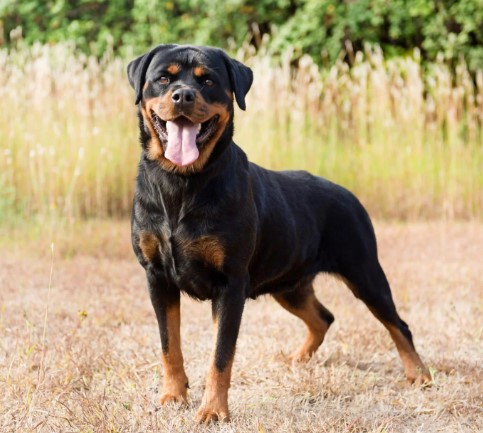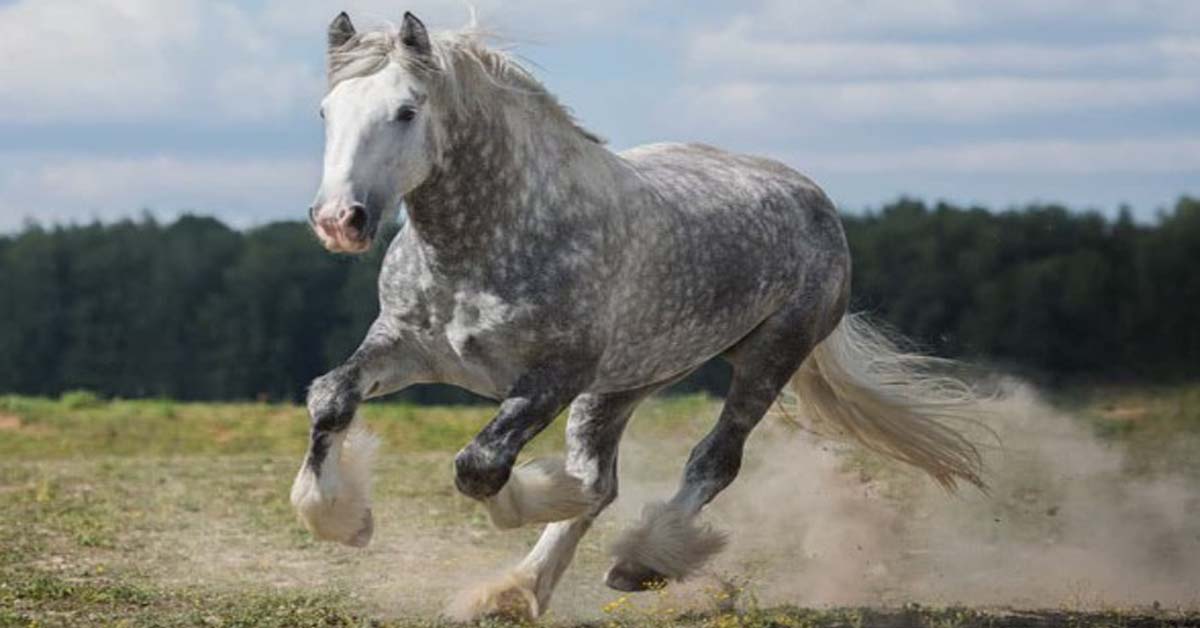The German Spitz is a dog breed that hails from Germany and falls within the small to medium-sized category. This breed encompasses various distinct varieties such as the Keeshond, Pomeranian, and the Mittelspitz. German Spitz dogs are recognized for their fox-like appearance, amiable temperament, and remarkable intelligence.
They typically get along well with both children and other pets, rendering them a favored choice for family households. Renowned for their innate herding, guarding, and hunting abilities, German Spitz dogs necessitate routine physical activity and mental engagement to maintain their well-being and contentment.
| Origin | Germany |
| Height | 9-12 inches (toy variety), 12-16 inches (miniature type), 16-20 inches (standard type) |
| Weight | 7-15 pounds (toy variety), 15-30 pounds (miniature variety), 30-40 pounds (standard variety) |
| Lifespan | 12-16 years |
| Size | Toy, Miniature, Standard |
| Color | White, Black, Cream, Gray, Brown, Sable, Wolf Sable, and others |
German Spitz Breed Traits & Characteristics:
The German Spitz is a dog breed of small to medium size, celebrated for its distinctive fluffy appearance and spirited personality. Some key traits and characteristics of this breed include:
Playful and Energetic: German Spitz dogs are highly active and love engaging in playful activities and running around.
Loyal and Affectionate: They are known for their unwavering loyalty and affection toward their owners and families.
Independent Streak: German Spitz dogs can also exhibit independence and occasional stubbornness.
Alertness: They possess a strong watchdog instinct and are exceptionally alert, making them effective guard dogs.
Intelligence: German Spitz dogs are notably intelligent and trainable, making them well-suited for obedience training.
Fluffy Coat: These dogs boast a dense, fluffy coat that necessitates regular grooming to maintain its quality.
Social Nature: German Spitz dogs are generally sociable and get along well with other animals and people, though they may exhibit wariness around strangers.
In summary, the German Spitz is a delightful, vivacious, and affectionate breed, ideally suited as a companion for active individuals and families who relish outdoor activities.
History of the German Spitz:
The German Spitz is an ancient dog breed with its roots tracing back to Germany. Among the oldest breeds in Europe, it has served various roles over time, including hunting, herding, and guarding.
Initially, the breed was categorized into five distinct types based on size and function. However, these classifications were subsequently streamlined into two primary types: the Klein (small) Spitz and the Mittel (medium) Spitz.
During the 19th century, the German Spitz gained popularity across Europe and found its way to other nations like the United Kingdom, Australia, and North America. Today, the German Spitz is a beloved companion animal celebrated for its vivacious and affectionate disposition.
More In en.wikipedia.org
German Spitz appearance, Temperament, And Personality On Watch video:
Common Health Issues in German Spitz Dogs
German Spitz dogs are generally robust, but like all breeds, they can be susceptible to certain health conditions, including:
Patellar Luxation: A condition affecting the knee joint, potentially leading to lameness.
Legg-Calve-Perthes Disease: A disorder involving the hip joint that can result in lameness and arthritis.
Dental Problems: Due to their small mouths and crowded teeth, they may experience dental issues like tartar buildup and gum disease.
Obesity: German Spitz dogs tend to have a propensity for weight gain, which can lead to additional health concerns.
Skin Allergies: This breed may be prone to skin allergies, resulting in itching, rashes, and hair loss.
Progressive Retinal Atrophy (PRA): A degenerative eye ailment that can eventually lead to blindness.
Regular check-ups with a veterinarian are crucial for early detection and treatment of any health issues. Additionally, maintaining a balanced diet and providing regular exercise can contribute to the overall well-being of German Spitz dogs.
Health check-up of the German Spitz Dogs
German Spitz dogs are generally robust breeds, but they may have a susceptibility to certain health conditions, which can include:
- Patellar Luxation: This is a condition where the knee joint may dislocate or slip out of place.
- Progressive Retinal Atrophy (PRA): An eye disease that is degenerative and can eventually result in blindness.
- Dental Problems: German Spitz dogs are prone to developing dental issues, such as tartar buildup and gum disease.
- Obesity: Due to their small stature, German Spitz dogs can be inclined to gain excess weight if not provided with proper exercise and a balanced diet.
To ensure their well-being, it’s essential to schedule regular veterinary check-ups and maintain a healthy lifestyle for your dog, which includes a balanced diet and consistent exercise. Genetic testing is also an option for screening potential health issues.
The Essential Care Guide for the German Spitz: Best Tips for Care
Caring for the German Spitz, a small to medium-sized dog breed, involves several important considerations to ensure its health and well-being. Here are essential care tips for the German Spitz:
Exercise: Regular, moderate exercise and daily walks are crucial to maintain both physical and mental health.
Diet: Provide a well-balanced diet that includes all necessary nutrients, vitamins, and minerals. Avoid overfeeding and monitor the dog’s weight to prevent obesity.
Grooming: The German Spitz boasts a dense double coat that requires regular grooming to prevent matting and tangling. Brush its coat at least once a week and trim the fur every few months.
Training: German Spitz dogs are intelligent and eager to please, making them highly trainable. Start training early and use positive reinforcement techniques consistently.
Socialization: Ensure your German Spitz is exposed to other dogs, people, and new environments from a young age to prevent shyness or aggression.
Health: Maintain your dog’s health through regular veterinary check-ups and vaccinations. Be vigilant for signs of common ailments like ear infections and skin allergies, addressing them promptly.
Mental Stimulation: German Spitz dogs are active and intelligent, so offer mental stimulation through toys, training sessions, and puzzle feeders to keep them engaged and happy.
German spitz Gallery:






National Breed Club & Rescue
Interested in joining a community of fellow enthusiasts who share your passion for this breed? With AKC Breed Clubs present in every state and over 450 AKC Rescue Network groups spanning the nation, there are ample chances to engage with like-minded individuals in your local area.
German Spitz Price
German spitz Dog price in India:
The price of a German Spitz dog in India may fluctuate significantly, influenced by factors like breed demand, geographic location, breeder expertise, and the dog’s age. As a rough estimate, you can anticipate spending approximately 20,000 to 60,000 Indian Rupees for a German Spitz dog in India.
German Spitz Puppy Price:
The cost of a German Spitz puppy in India can exhibit considerable variation, typically falling within the range of 10,000 to 40,000 Indian Rupees. It’s essential to remember that puppies come with additional expenses, including veterinary care, food, and training, so it’s advisable to consider these costs when planning your budget.
German Spitz for sale
German spitz for Adoption Center
Other Dog Breeds and Further Research
FAQs
Is German Spitz a good pet?
The German spitz is a lively and amusing family pet. Happy and gregarious with people it knows, the canine is naturally suspicious of nonnatives and will bark to warn you of anyone approaching the home. A German spitz is extremely devoted to its possessors. The strain is sportful, adoring, and simply fun to have around
Is German Spitz a Pomeranian?
The Pomeranian is considered to be descended from the German Spitz. The strain is allowed to have acquired its name by association with the area known as Pomerania which is located in northern Poland and Germany along the Baltic Sea.
How much does a German Spitz cost?
A German Spitz puppy dog costs roughly$ 400 to$ 700, though some breeders will price them as high as$,000.
Is German Spitz rare?
Some are imported to theU.S., frequently by military families or others who acquire them overseas, but they’re still rare in this country. The United Kennel Club began registering the German Spitz in 2006 and honored the two kinds(Klein and mittel) in 2009.












2 thoughts on “The Best Information About German Spitz For Pets Lovers”